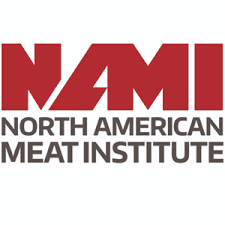
North American Meat Institute
WASHINGTON, DC – A newly released Bureau of Labor Statistics (BLS) annual report for 2019 shows U.S. meat and poultry packers and processors continued their lengthy track record of reducing worker injuries, reaching a new all-time low for injuries.
“The BLS report proves that year after year, meat and poultry companies remain committed and have invested billions of dollars to reduce worker injuries and illnesses,” said Julie Anna Potts, President and CEO of the North American Meat Institute (Meat Institute). “Our members are proud of their record to reduce workplace related injuries over the last 20 years and will continue to adopt new technologies and methods to ensure the safety and well-being of its critical infrastructure workforce.”
The BLS report released final 2019 incidence rates for non-fatal occupational injuries and illnesses recorded with the Occupational Safety and Health Administration (OSHA). Meat industry results improved from both 2018 and 2017 levels, reaching a new, all time industry low of 4.0 cases per 100 full-time workers (per year).
For perspective, just 10 years ago this number was 9.3, while in 1999 the incidence rate was 17.1. A twenty- year injury rate reduction from 17.1 to 9.3 to 4.0 illustrates the sustained industry trend of workplace safety improvement.
Meanwhile, in sharp contrast to this data, and in the midst of a global pandemic, anti-animal agriculture and activist groups have falsely accused the meat and poultry industry of ignoring the safety of the men and women who work in their facilities.
“Just as meat and poultry companies have proven their determination to reduce injuries, they are remaining vigilant to reduce the spread of COVID-19,” said Potts. “They continue to check temperatures, provide testing, supply additional personal protection equipment such as facemasks and shields, conduct contact tracing, provide enhanced employee benefits like paid leave, and much more. Although the industry was challenged in the spring, numbers of positive cases associated with meat packing dropped significantly into the summer.”
For more industry efforts to stop the spread of COVID-19, go here.
